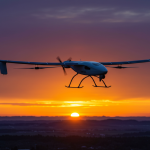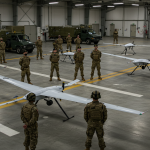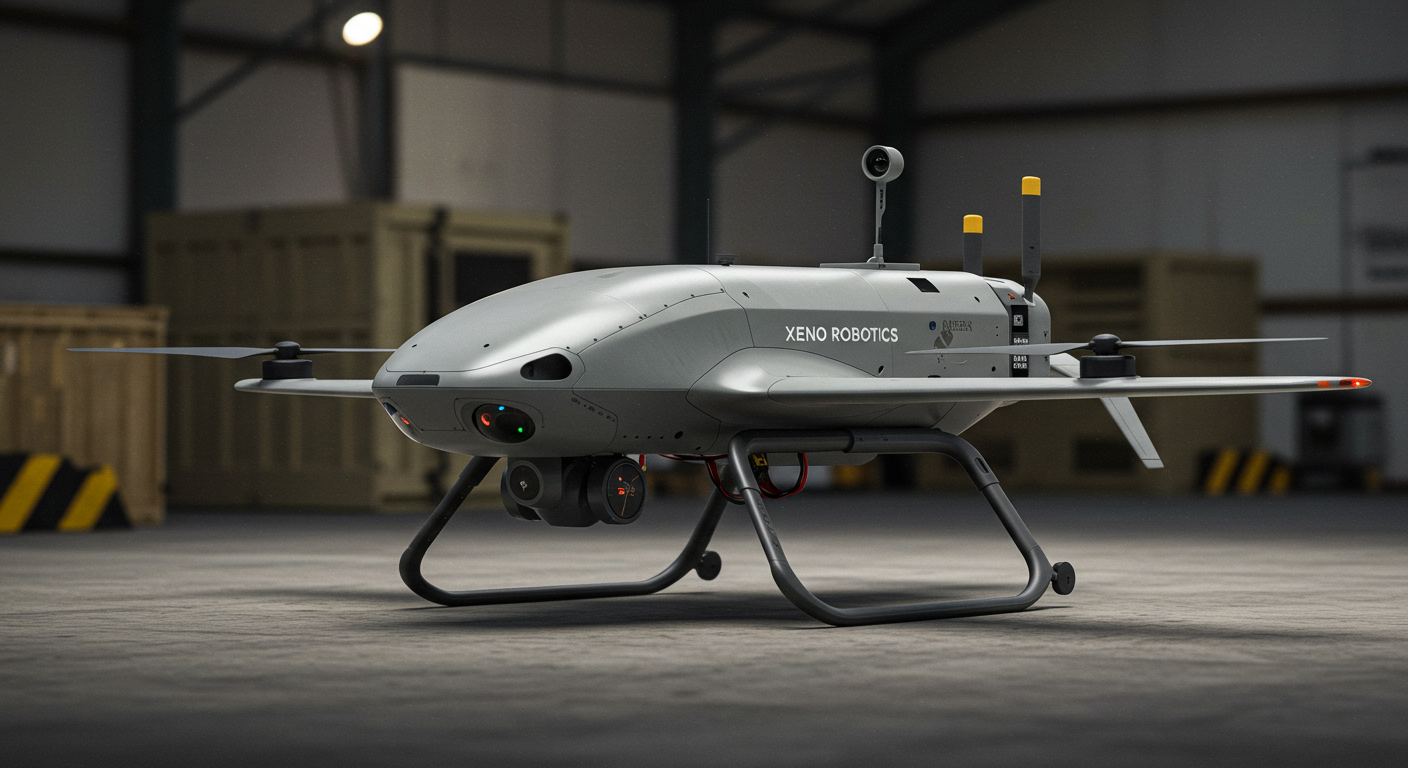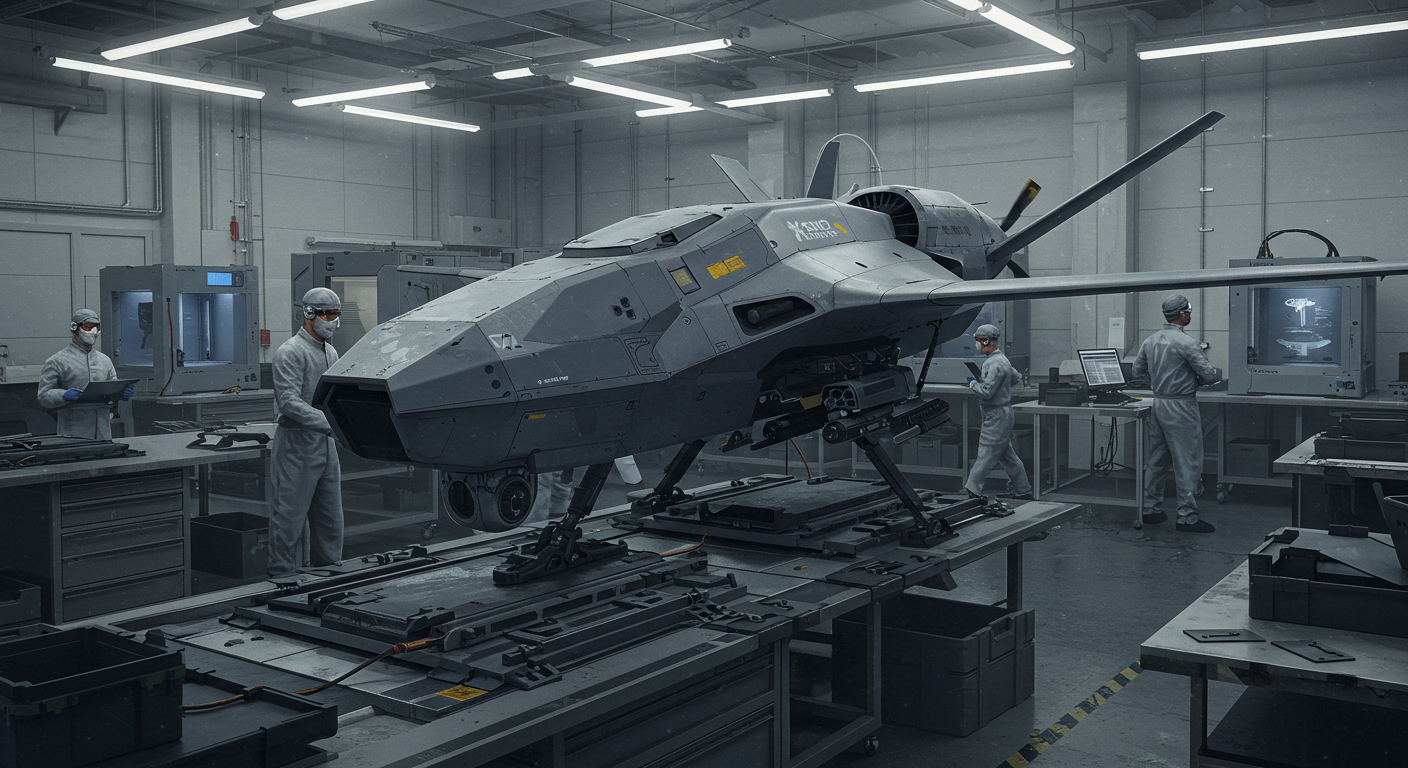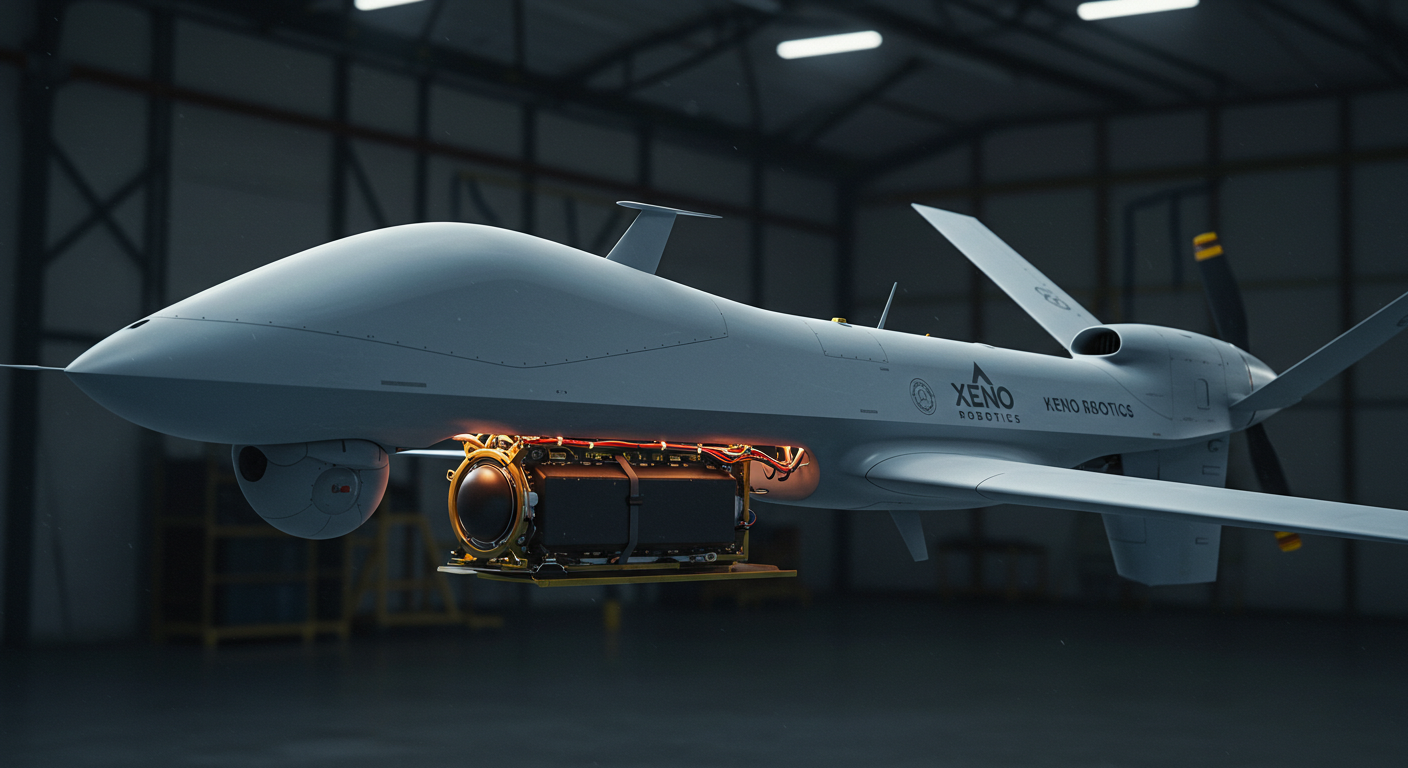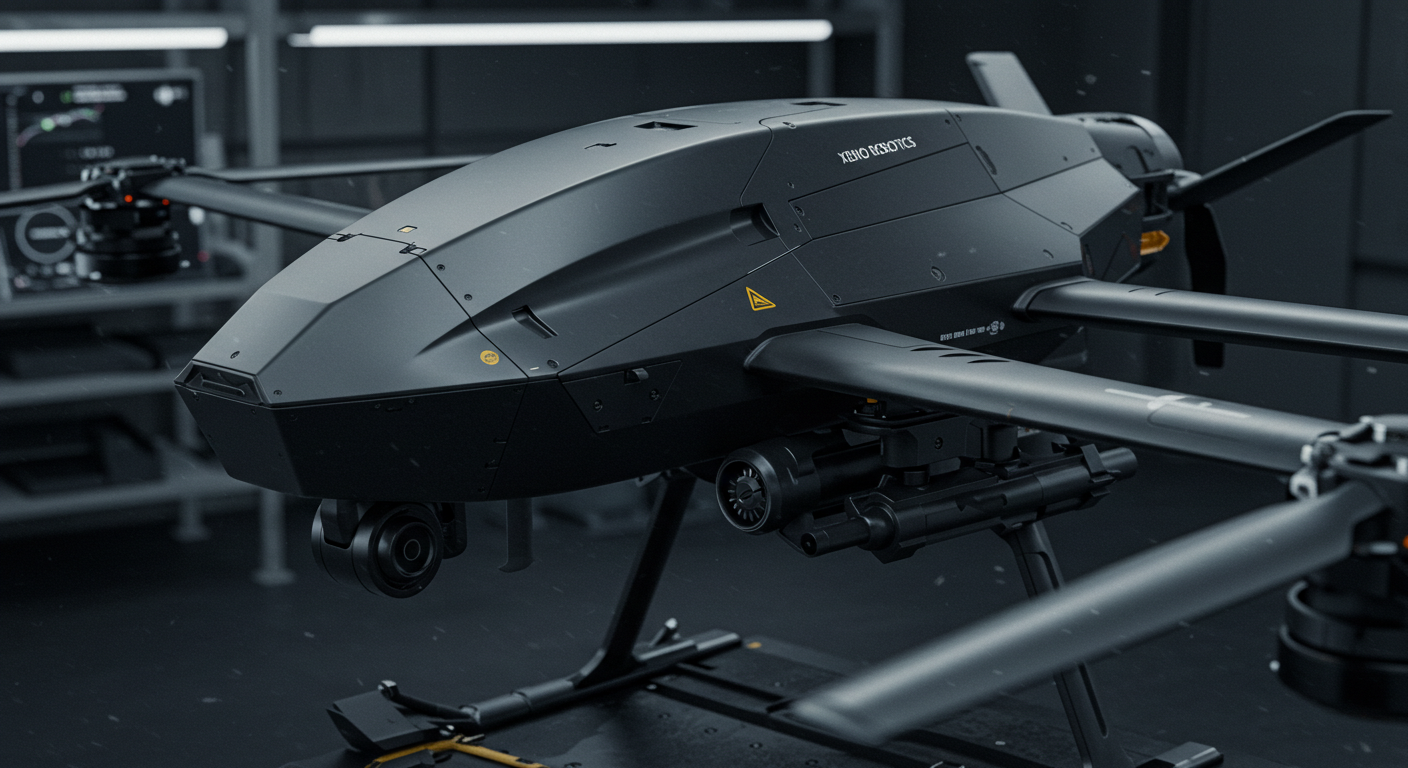Introduction
As global demand for clean energy solutions accelerates, the aerospace and defense industries are embracing innovation at the intersection of sustainability and advanced technology. One of the most promising breakthroughs is the rise of solar-powered drones—unmanned aerial systems (UAS) that leverage renewable energy to extend endurance, reduce emissions, and enable persistent operations across multiple sectors.
Why Solar-Powered Drones Matter
Traditional drones are limited by battery life and frequent refueling requirements. Solar energy addresses these limitations by offering a virtually limitless power source, allowing drones to remain airborne for days—or even weeks—at a time. For industries that require continuous monitoring, from defense to disaster response, this innovation could redefine what is operationally possible.
Applications Across Sectors
Defense & Security
Solar-powered UAVs can provide long-endurance ISR (Intelligence, Surveillance, and Reconnaissance) capabilities in contested or remote regions. Their extended flight time allows commanders to maintain persistent situational awareness without the logistical strain of constant recovery and refueling.
Environmental Monitoring
Equipped with advanced sensors, solar-powered drones offer unmatched potential for tracking climate change, monitoring deforestation, and surveying wildlife habitats over extended periods—delivering real-time data to researchers and policymakers.
Disaster Relief & Humanitarian Aid
In regions struck by natural disasters, these drones can provide continuous aerial coverage, support search-and-rescue operations, and even enable last-mile delivery of medical supplies without reliance on ground infrastructure.
Commercial Connectivity
By acting as airborne relays, solar UAVs may serve as low-cost alternatives to satellites, expanding internet access to remote or underserved areas and bridging digital divides worldwide.
Key Advantages of Solar-Powered UAVs
-
Extended Endurance – Multi-day missions without fuel dependency.
-
Lower Operational Costs – Reduced need for refueling and maintenance.
-
Sustainability – Zero-carbon flight powered by renewable energy.
-
Strategic Flexibility – Ideal for both civil and defense applications.
-
Scalable Deployment – Modular payloads enable mission versatility.
Challenges to Overcome
While promising, solar-powered drones face technical hurdles. Energy storage during nighttime operations, weather variability, and limitations in payload weight remain ongoing challenges. Engineers are exploring advanced lightweight batteries, hybrid power systems, and AI-driven energy optimization to ensure reliable performance across environments.
The Future of Solar-Powered UAVs
The convergence of solar technology, advanced composites, and AI flight controls is bringing solar-powered drones closer to mainstream deployment. Governments, defense contractors, and commercial enterprises are investing heavily in research, with prototypes already demonstrating unprecedented endurance. Within the next decade, solar-powered UAVs could evolve from experimental platforms to operational mainstays.
Conclusion
Solar-powered drones represent the next frontier in energy innovation and unmanned aviation. By combining sustainability with endurance and mission adaptability, these platforms promise to reshape industries ranging from defense and disaster relief to environmental monitoring and global communications.
The horizon is clear: the future of UAVs will be powered by the sun.


